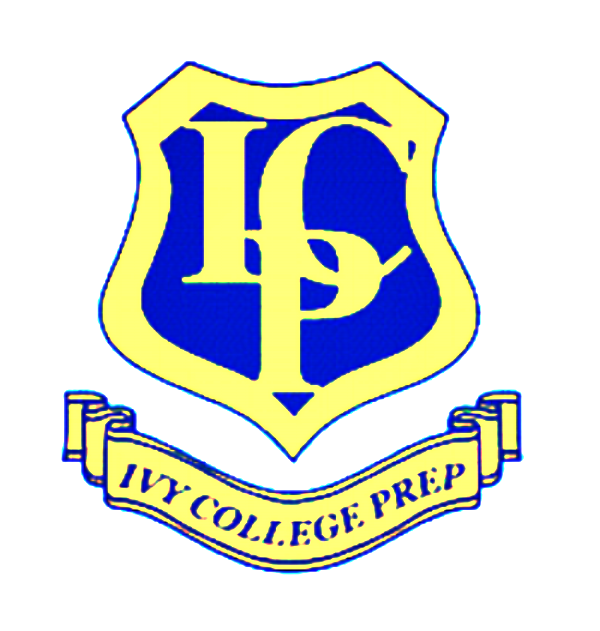Less than 14% of high school students attend college out of state. Cost considerations, proximity to friends and family, and climate deter many from going too far afield, but having an adventurous spirit might pay dividends in the world of colleges. Outside the golden state an assortment of public schools, private research universities, and liberal arts colleges seek to enroll Californians. These schools behoove your investigation.
College Coop Programs
In Germany, the economic powerhouse of the European Union, its century old Apprenticeship program, also called the Dual System, is a critical component in its current economic prosperity. The program integrates apprenticeship with ‘vocational schooling,’ and involves the cooperation among businesses, government, and ‘chambers’ (employers’ organizations). This apprenticeship program transitions students, year after year, into world-class workers with real responsibilities. Wouldn’t it be interesting if the US had something similar?
The Ever Popular Computer Science Major
The most popular major at Stanford is not biotechnology or communications, but computer science, a major that declined in numbers by 27% between 2005 and 2010: however, today Stanford counts over 220 students in its computer science major (CSBS). Of the Stanford undergraduates not taking the major, 90% will still take computer science courses prior to graduation, despite there being no requirements. Possibly the poor job market, the high pay (even without a graduate degree) for CSBS graduates or the possibility of changing the world by building a revolutionary iPhone app or tech product is driving this trend. In any case, according to a report from the Computing Research Association, enrollment in computer science programs across many universities has risen steadily over the last three years.
The Benefits and Limits of Advanced Placement (AP) Courses
Some students in preparation for the challenges of college take four AP courses junior year, and another four or five senior year. Invariably, this makes for late nights studying, even cramming, although for many, this sometimes translates into delving into the subject and gaining a solid sense of the material. Whatever the motivation for joining a AP classes, it’s worth knowing how they’re perceived and used beyond high school.
Questioning the Value of the Bachelor’s Degree
The confluence of rising tuition, increasing student debt, and declining employment opportunities for recent graduates is raising questions about the value of a bachelor’s degree. These concerns have been around for years, but the good news is there are rays of hope in the form of tuition rates beginning to freeze or even contract. Better still, over the next five years, expect the use of online classes to snowball across the postsecondary universe. Institutions that fail to respond will, in all likelihood, start to fall to the wayside—unless the size of their endowments insulates them.
Knowing a College Well: An Exercise with Bucknell University
Any time is an ideal time to ‘test drive’ a college. Even though the bulk of your undergraduate years will be spent inside the classroom and library walls (at least they better be), knowing the campus and the community where you’ll be spending at least the next four years, possibly longer, is important. A good exercise to help you explore a school you’re serious about is to pretend you’re already there.To begin, let’s choose a college. If you’re thinking of engineering, or chemistry, and have a penchant for liberal arts programs as well, Bucknell University in Pennsylvania might be of interest.
To begin, let’s choose a college. If you’re thinking of engineering, or chemistry, and have a penchant for liberal arts programs as well, Bucknell University in Pennsylvania might be of interest.
Getting on the Rhode (or Fulbright) to Undergraduate Greatness
A stellar undergraduate performance shows a solid work ethic and a propensity to learn. Add to the mix, a Fulbright or Rhodes scholarship and you are among the most elite undergraduates in the country. Only 865 Fulbright Scholarships (to graduating seniors from US campuses—all told there are 8,000 Fulbright awards granted each year) and a mere 32 Rhodes Scholarships were awarded this past year. Aiming to be a recipient of either one is an excellent way to bolster your undergraduate experience. Even falling short will end in excellence—and that, after all, is the intention of your college years.
The Speed Reading Fallacy
In the early 1960s, John F. Kennedy, a fervid advocate of the Evelyn Wood Speed Reading program, recommended that all members of Congress take Wood’s ‘Reading Dynamics’ course. Using Reading Dynamics, it was claimed, could triple or more a person’s reading speed with improved comprehension levels. Reading Dynamics features having the reader move her finger down a page to increase the number of words viewed per fixation (eye scan). It also sought to suppress sub-vocalizations (saying each word either aloud or ‘thinking’ it aloud) while reading. Yet another speed reading method, ‘Photo Reading’ by Learning Strategies Corporation of Minnesota, launched a bit later with claims of users reading at speeds of 25,000 WPM.
SAT in Amherst, Massachusetts for a mere $4,495
When Henry Chauncey launched the Educational Testing Service (ETS) in 1947, which was and still is today, the exclusive test creation service for the College Board’s SAT, he was firmly convinced that he and his brilliant social engineers would revolutionize student assessment.
Chauncey believed that the creation of a standardized test would help sort out the most promising students, and would be “the moral equivalent of religion but based on reason and science rather than on sentiments and tradition.” (p. 68-69 The Big Test, Nicholas Lemann, Farrar, Straus and Giroux, New York, 2000)











